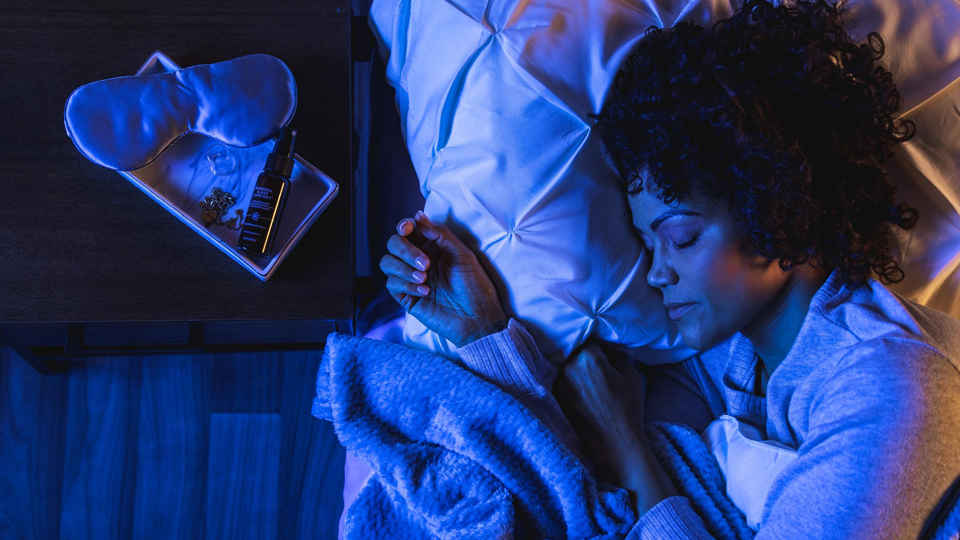Researchers have long agreed that most of us don’t get enough physical activity. But even exercising a few times per week may not be high enough to make an impact on telomeres as a biomarker of aging.
A new study from Brigham Young University led by exercise scientist Larry Tucker, Ph.D., evaluated to what extent exercise affects telomere length as a measure of biological age (1). He estimated that those who regularly perform high-intensity exercise at least five times a week could be up to nine years younger on a cellular scale compared to those who don’t exercise at all.
Telomeres, protective endcaps on the ends of chromosomes, are significantly correlated with biological age (2). Each time a cell replicates, which happens millions and millions of times during our lifetime, a tiny piece of the endcap is lost. This loss translates to shorter telomeres as we age.
Dr. Tucker analyzed data from 5,823 adults who participated in NHANES, a multiyear study conducted by the Centers for Disease Control and Prevention. Participants provided DNA samples for telomere length measurements and answered questions on what types of physical activities they had participated in over the last 30 days. They also provided information on the duration of the exercise and level of intensity.
In the study, running, cycling, and playing basketball were classified as “high intensity” or “vigorous” exercises. Brisk walks, swimming, and household activities such as gardening were classified as “low to moderate” exercise. “Sedentary activities” were those such as watching television, computer work, and time in the car.
The participants who reported high levels of physical activity, equal to running 30-40 minutes at least five days per week, had longer telomeres as compared to those who were sedentary and moderately active. This translated to a nine- and seven-year difference in biological aging.
The exact mechanism between increased physical activity and longer telomeres is unknown. However, research suggests that exercise is a suppressor of whole body oxidative stress (3), which provides support for increased telomere length and levels of activity.
From this study, the researchers gathered that to really make a dent into the aging process, just “low to moderate” exercise a few times a week isn’t enough. You really need frequent “high intensity” or “vigorous” physical activity to help slow the aging process at the cellular level.
References
- Tucker LA. Physical activity and telomere length in U.S. men and women: An NHANES investigation. Prev Med 2017 Jul; 100: 145-151. Available at: https://doi.org/10.1016/j.ypmed.2017.04.027
- Aubert G and Lansdorp PM. Telomeres and aging. Physiol Rev 2008 Apr; 88(2): 557-579.
- Zhang J, Rane G, Dai X, Shanmugam MK, Arfuso F, Samy RP, Lai MK, Kappei D, Kumar AP, Sethi G. Ageing and the telomere connection: An intimate relationship with inflammation. Age Res Rev 2016 Jan; 25: 55-69.





